WELCOME TO HERB CAMP 2020!
In this third of three weeks of herb camp, the theme is “Herbal Creativity” In this final week of herb camp we’ll explore ways to use your garden herbs creatively.
In today’s Herb Camp Challenge we’ll explore the apiaceae family (pronounced: a-pee-ay-see-ee), also called the umbelliferae family. This is the plant family where we find carrots, parsnips, fennel, dill, celery, and Queen Anne’s Lace. But it’s also the family of Giant Hog Weed, Poison Hemlock, Water Parsnip, and other toxic plants.
Warning: This is not a plant family for beginner foragers.
Knowing the characteristics of plants in this plant family can help you stay safe. Teach children not to taste or touch plants with umbrel flowers unless they know for sure the plant is safe. Children have died from using hemlock stems as a whistle.
In this plant family you MUST make a positive identification of the plant before you nibble. A mistake can be deadly. Use at least 3 references including 1 experienced, in person forager to guide your way in this plant family.
Characteristics of apiaceae plants
Plants in this family have:
- Hollow stem
- Alternate compound leaves
- Leaves alternate with enlarged sheathing bases
- Flowers have 5 petals and 5 stamens
- Compound umbels — each tiny flower radiates from the same place on the stem, like an umbrella
- Seeds are sheathed
- Seeds are aromatic with oil glands

Fennel flowers showing the compound umbel flowers — It reminds me of fire works.
When you recognize the compound umbels of the apiaceae family then you know you must be careful. You must be 100% certain of what these plants are before you harvest them for food or medicine. Even more than that, you must be right! People die almost every year thinking they have found some kind of wild carrot.
If you aren’t certain of a plant ID, don’t harvest any apiaceae plants from the wild right now. Simply observe them and identify them. Keep a notebook and watch them through the season. When you have more experience and can make a certain ID then you can harvest them.
Be humble with the umbel
This family of plants is also called:
- Carrot family
- Parsnip family
- Parsley family
- Umbellifer family
The plants are aromatic and attractive to a wide variety of pollinators including predatory wasps, which lay their eggs on the backs of caterpillars. The offspring consume their host caterpillars reducing populations of garden pests.
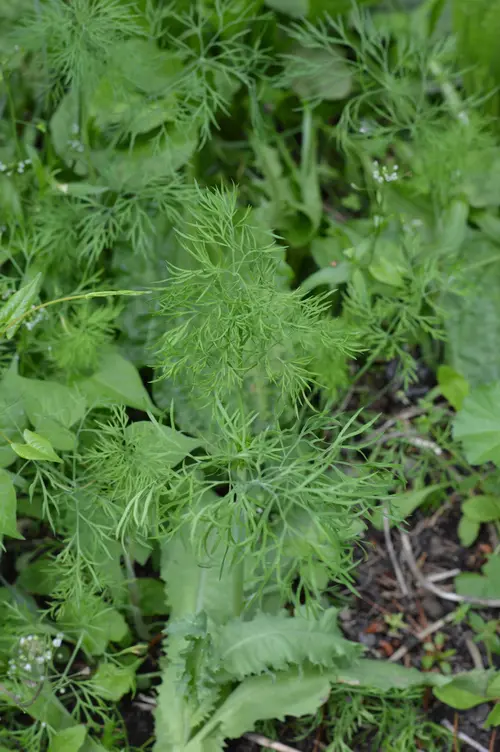
Dill with its compound leaves
Suntoxic oils
Many of these plants have phototoxic furocoumarins in the leaves, flowers, and stems. Giant Hogweed (Heracleum mantegazzianum) is the extreme example. Merely brushing past Giant Hogweed and then being exposed to sunlight can cause skin damaging blisters and severe burns.
But Giant Hogweed isn’t the only plant in this family that can cause sun toxicity. Gardeners have been known to have the same reaction when weeding the carrot bed or parnip bed. Wear long sleeves and long pants when kneeling in the parnip bed and weeding, especially if you live where the sun is intense during the gardening season.
Common garden variety apiaceae family plants
- Dill
- Parsley
- Fennel
- Carrot
- Parsnip
- Celery
- Angelica
- Caraway
- Coriander
- Cumin
- Anise
- Queen Anne’s Lace (Daucus carota)
- Chervil (Anthriscus cerefolium)
- Sweet Cicely (Myrrhis odorata)
Umbel flowered plants that are not from the apiaceae family
Yarrow (Achillea millefolium) is from the Asteraceae family. (Note that the flowers come from several stems rather than around a single stem)
Elder (Sambucus spp) is from the Moschatel family. While elders have hollow stems, the flowers come from several stems, rather than the starburst pattern of the apiaceae family.
Allium flowers may also seem like they have that umbel shape — especially the garden variety allium globe flowers, but they are from the Amaryllidaceae family not the apiaceae family.
(The rule with the allium species plants — If it smells like an onion or garlic and it looks like an onion or garlic — it’s probably an onion or garlic and you can eat it.) More on that in our foraging masterclass. (coming soon)
Your Challenge:
- Find 3 apiaceae family plants in your own garden. List them in the comments.
- Find 3 apiaceae plants in the wild. Take a photo and share in the Facebook group or use a photo sharing site and put the link in the comments here. If you can ID them go ahead. If you can’t maybe someone else in the group can help.
Note: Click the small arrow on the LEFT to go to the previous day’s Herb Camp Challenge. Click the small arrow on the RIGHT to go to the next day’s Herb Camp Challenge.
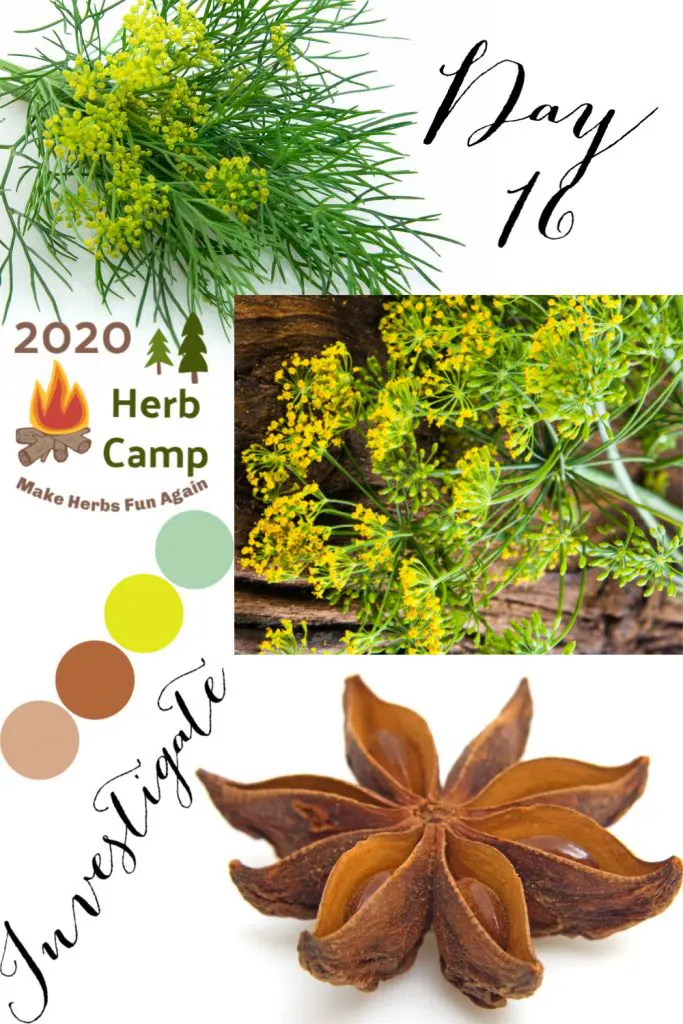
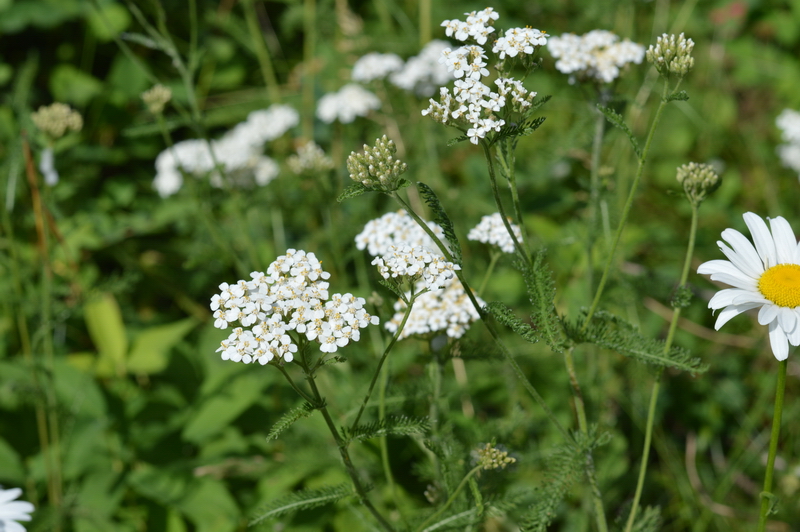
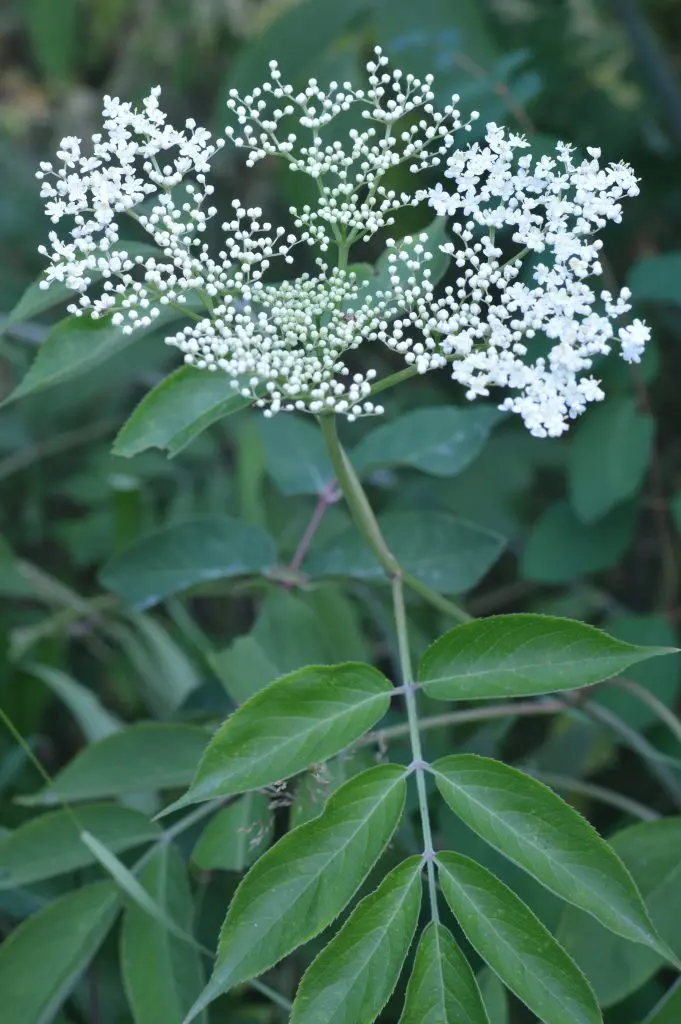
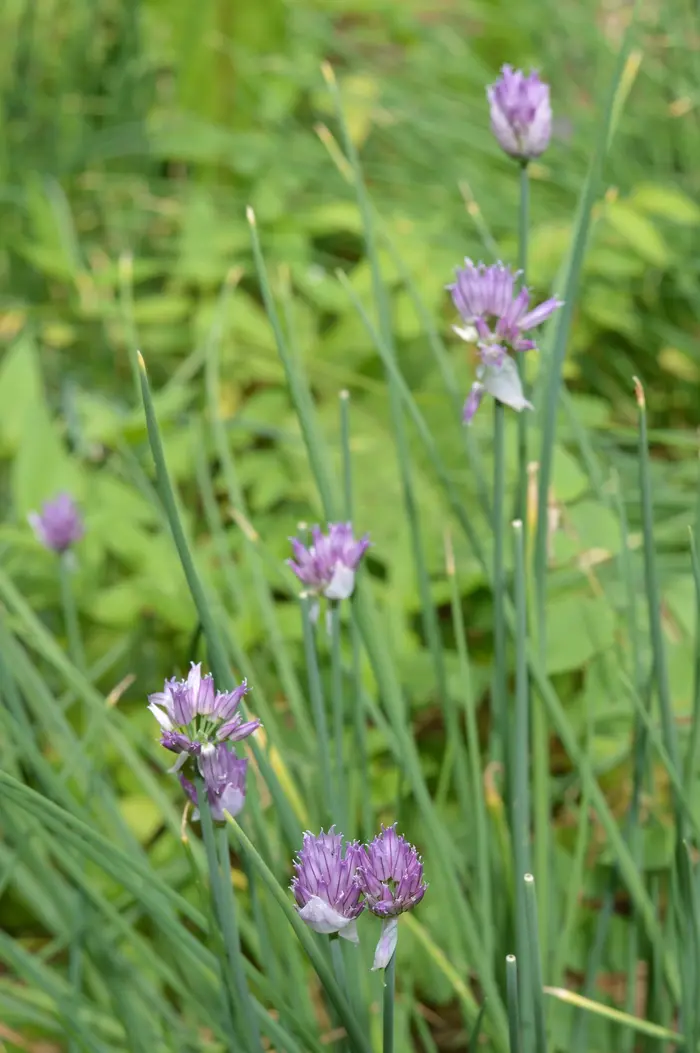
I have dill, carrots, parsley, coriander, celery in the garden. We have lots of Queen Anne’s lace growing wild around here. We have a lot of black swallowtail caterpillars on our dill this year… the second batch of nine caterpillars is just about fully grown. It’s fun to see how quickly they grow! I wish I knew where they cocooned😊
I have Dill, angelica,fennel in my gardens but at this time could not find any in my woods or hedgerows.
I have dill, parsley, fennel, carrot, lovage and celery in my garden. In the wild we have giant hogweed along the roads and Queen Anne’s Lace in the fields, but they are not blooming yet.
I thought giant hogweed and wild parsnip were the same thing, but they are not. I don’t think we have the hogweed here, thank heavens. I found some of the wild parsnip along the road yesterday. I’ll try to find the post in the FB group and post a photo.
Carrots,
Onion
Garlic
Yarrow